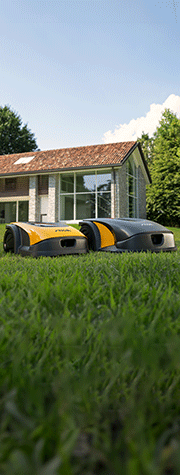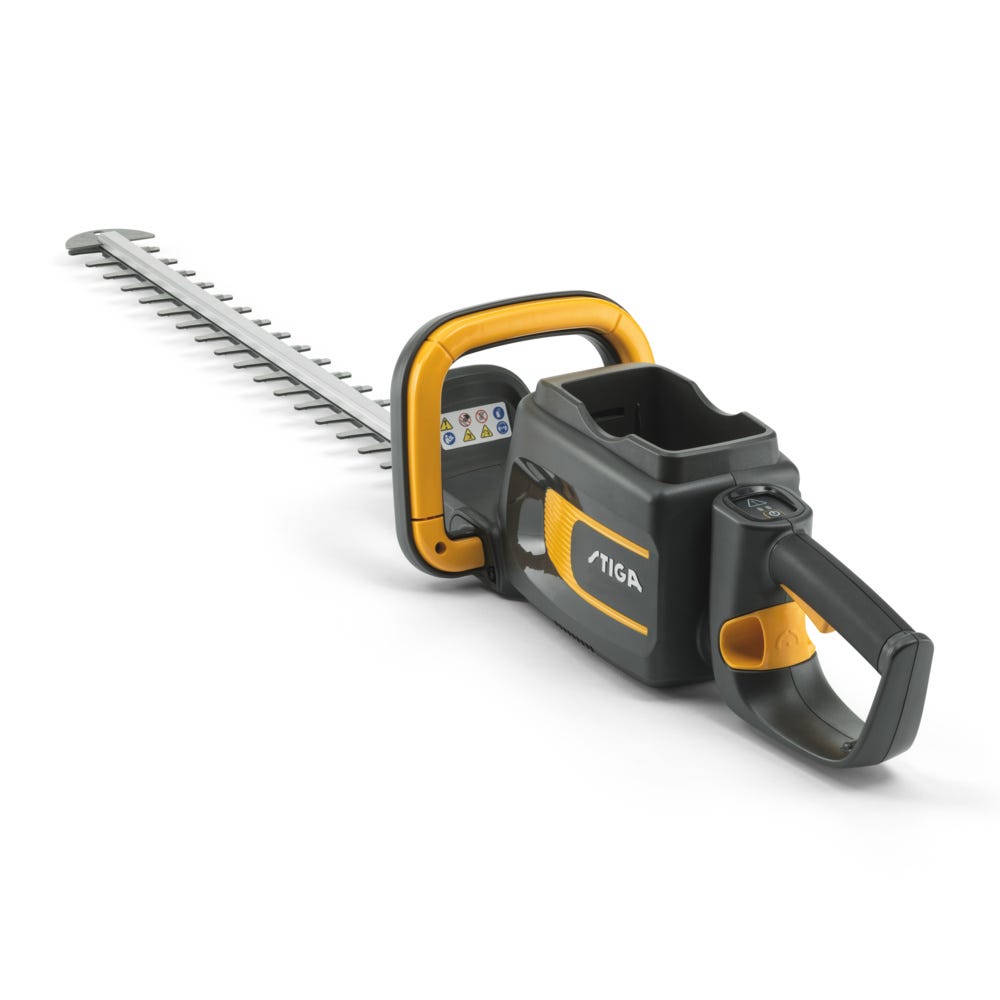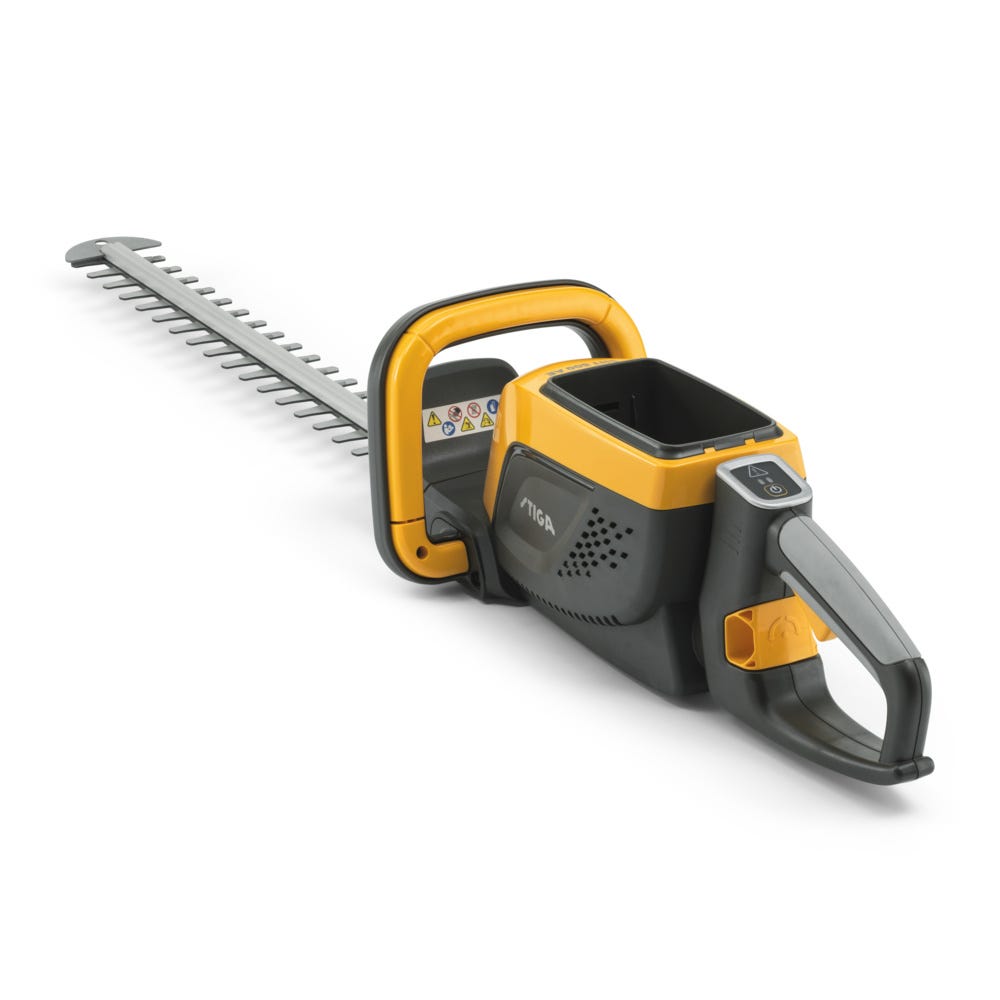
The hedges of our gardens hide a fascinating secret world in which plants and animals interact, giving life to complex and precious ecosystems. Here's how to take care of it, protecting biodiversity, without disturbing the guests who find shelter there.
Small and precious: the guests of our hedges
Perhaps you have never noticed, but hedges provide shelter and sustenance for a wide variety of creatures. They offer food, allow wild animals to move from garden to garden, transform into a hiding place or hunting ground for small predators looking for insects. If many of these presences escape observation, because they are very small or due to their habits, others can, however, be admired with a little patience. Butterflies and birds are perhaps the most evident, but our hedges can also host small mammals (for example hedgehogs, lizards, spiders, reptiles and insects. A varied fauna contributes to the well-being and richness of the ecosystem and of your garden.

We respect the guests of our hedges
In order to favour the presence of wildlife, hedges should be pruned, trying to avoid nesting periods which generally range from March to July in the UK and are influenced by the region we are in and the local climate.
However, it is advisable to carry out an inspection before you start work in order to identify the possible presence of nests and wild species. This will make it possible to intervene with awareness and to prune in a way that leaves those areas where the presence of wildlife is identified intact.
Another solution may be to cut sections of the hedge at different times of the year, so as to always leave a safe and comfortable area for our little friends.
The hedgehog is perhaps the most common example among small mammals in our hedge and gardens. It is a regular frequenter of our hedges, and uses them both as safe passage areas and as additional protection to build its nest.
For this reason it is advisable to pay close attention when working with the hedge trimmer on the lower part of the hedge, but also when using your lawnmower, robot or strimmer to cut the grass in the immediate vicinity.
While mowing, and in addition to possible direct damage, it is also advisable to avoid loud noise or emissions that could be unpleasant to your hedge and garden wildlife. A good tip is to choose battery-operated devices (whether we are talking about hedge trimmers, trimmers, brushcutters, lawn mowers or robots).
In addition to being less noisy, they are also less harmful in terms of emissions meaning that battery-powered devices are much better for both small animals and humans as well as the surrounding environment.

Not just hedgehogs
The choice of battery-operated devices also applies to blackbirds and other varieties of birds that nest inside the hedge. In fact, here at STIGA HQ in Italy, in our park, we have observed that the periodic passage of autonomous STIGA robotic lawnmowers near hedges does not scare the local blackbirds away, nor has it ever caused them to move nests.
We can say, from direct experience, that the use of our battery-operated devices (particularly robots) appears to allow birds to continue nesting undisturbed in the hedges they have chosen as shelter.

A matter of balance and biodiversity
Getting to know the wealth of fauna that even a small hedge hides is the first step in taking care of it in an intelligent and respectful way. Only in this way can we protect the fundamental balances required for this ecosystem, giving ourselves and our children the opportunity to witness the small and great wonders of life in our gardens. How fantastic!






 Free Delivery
Free Delivery White glove service
White glove service Payments
Payments